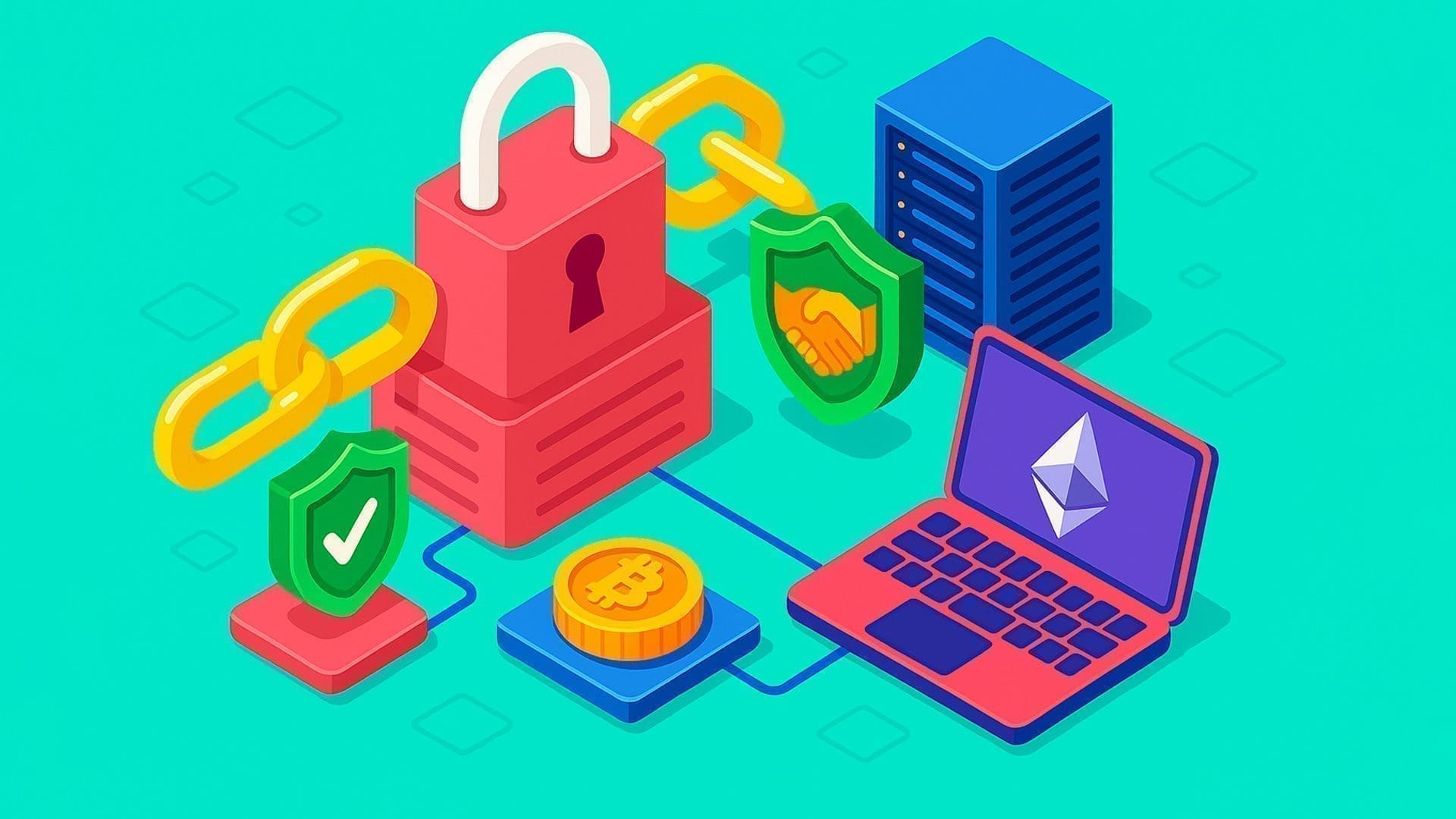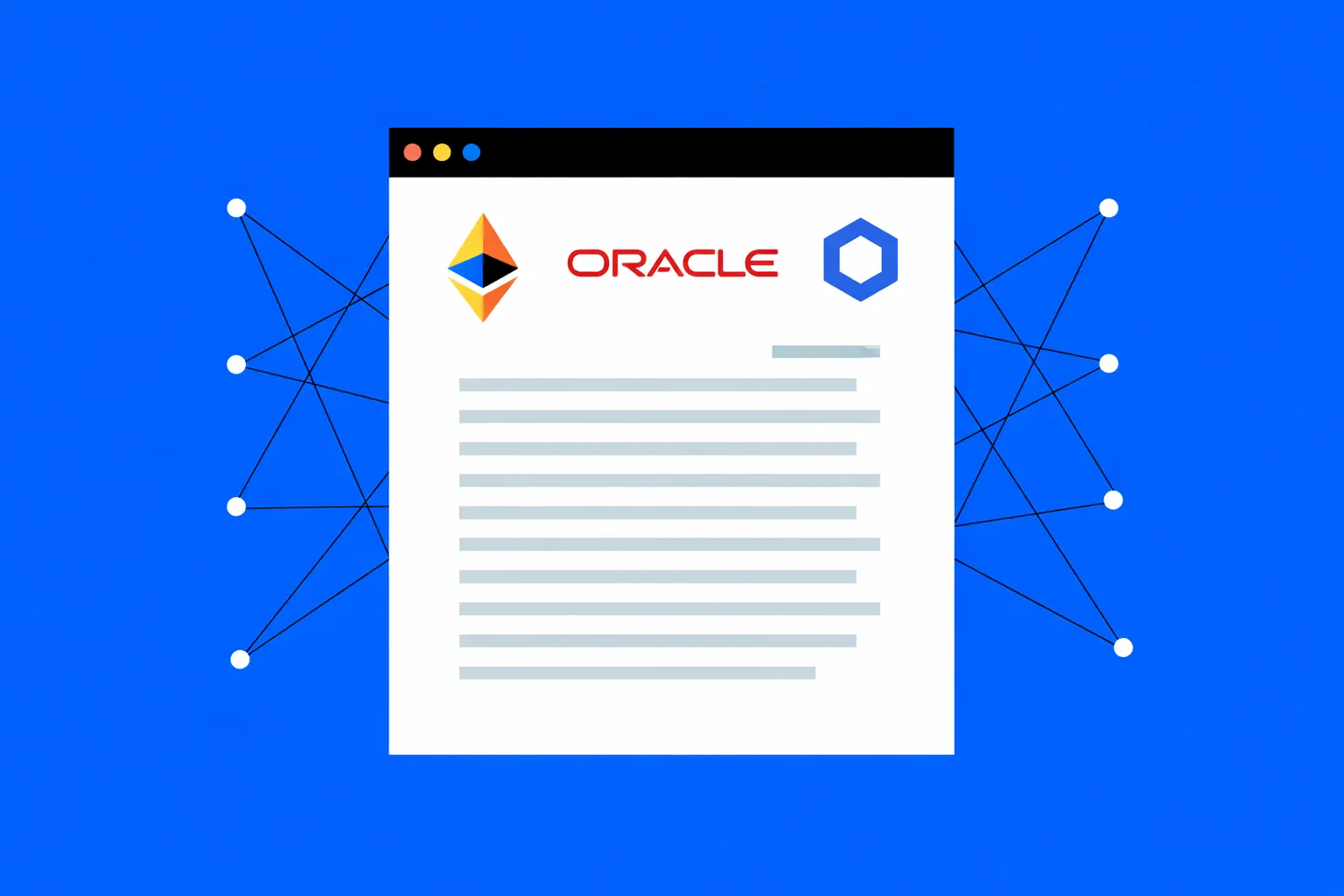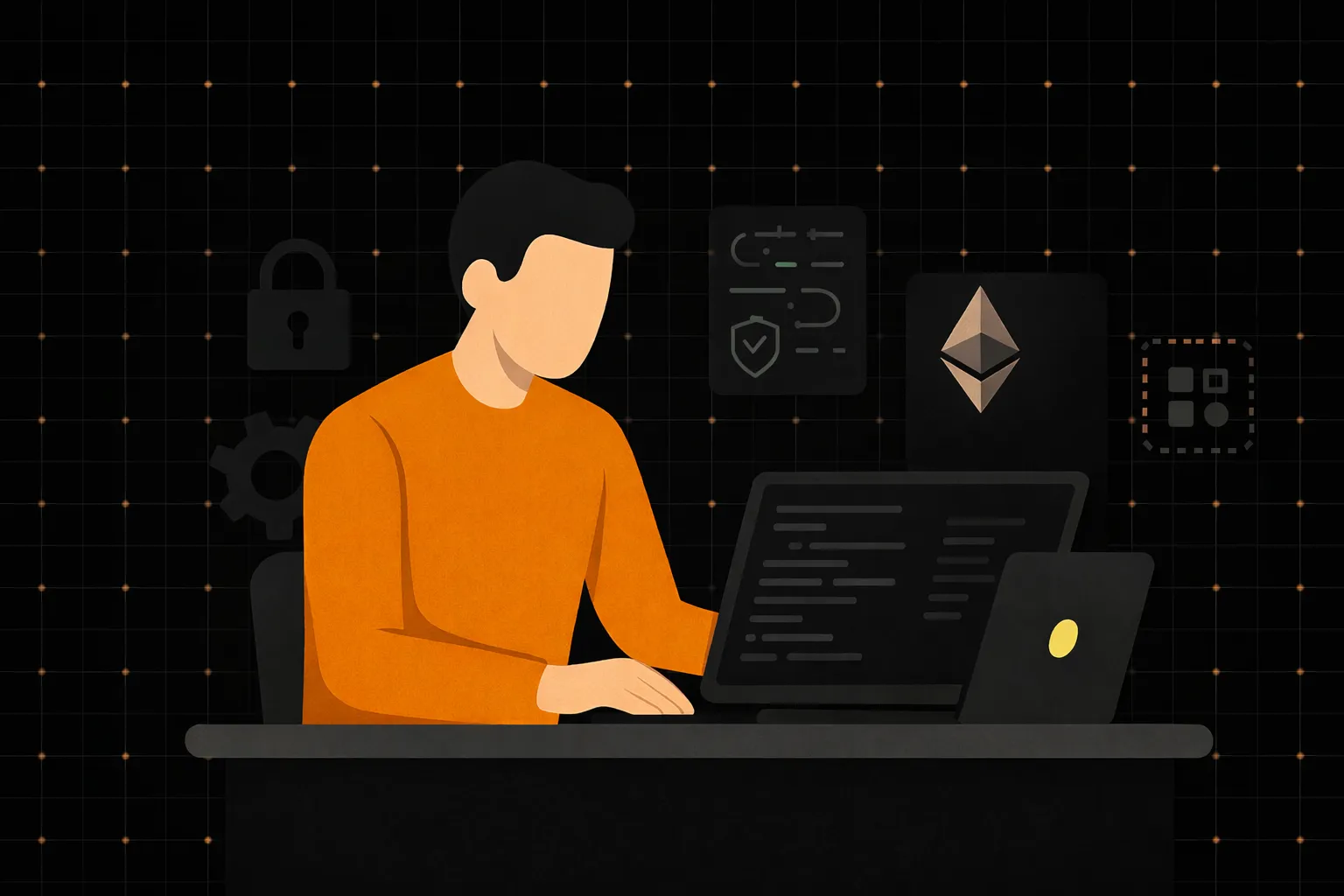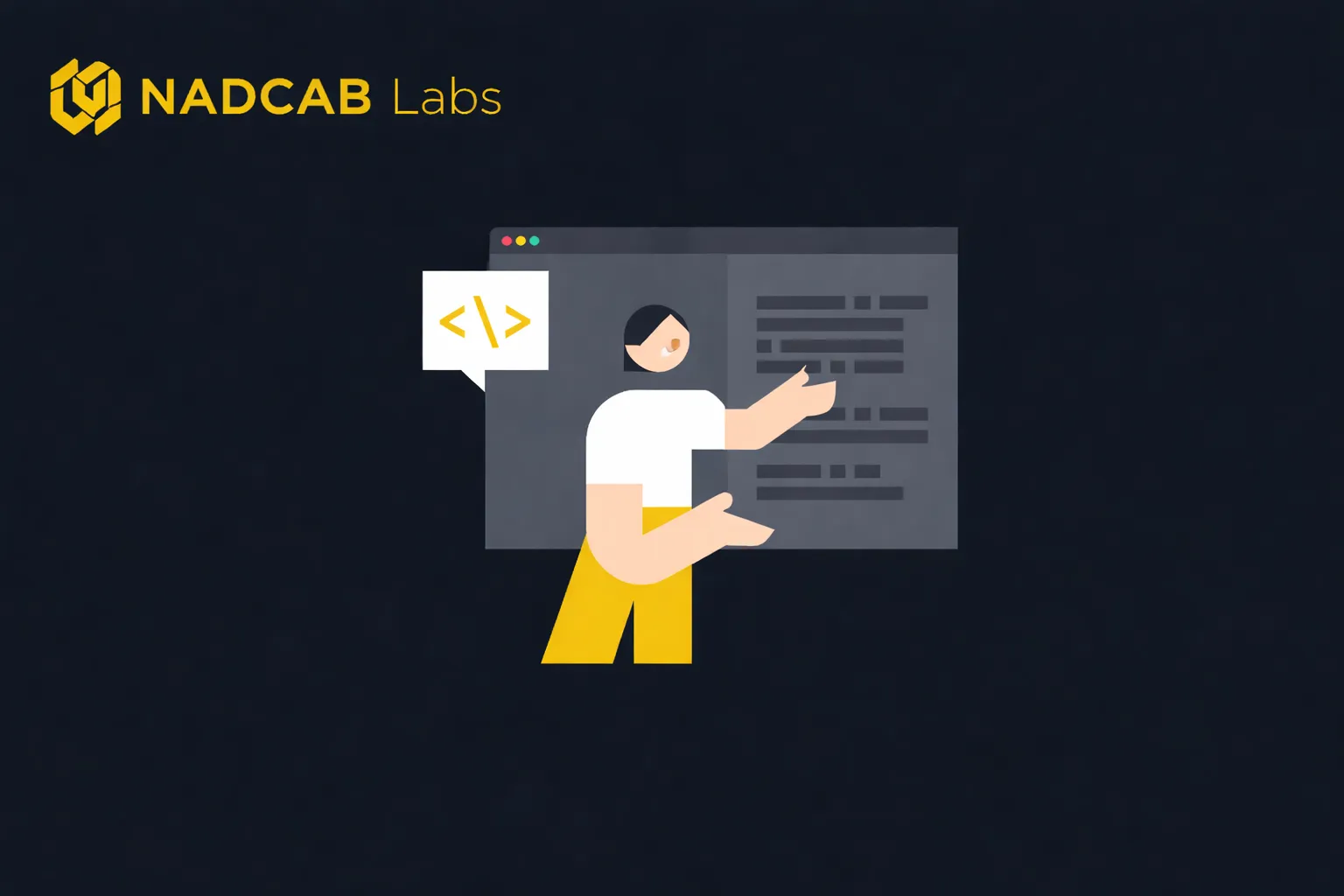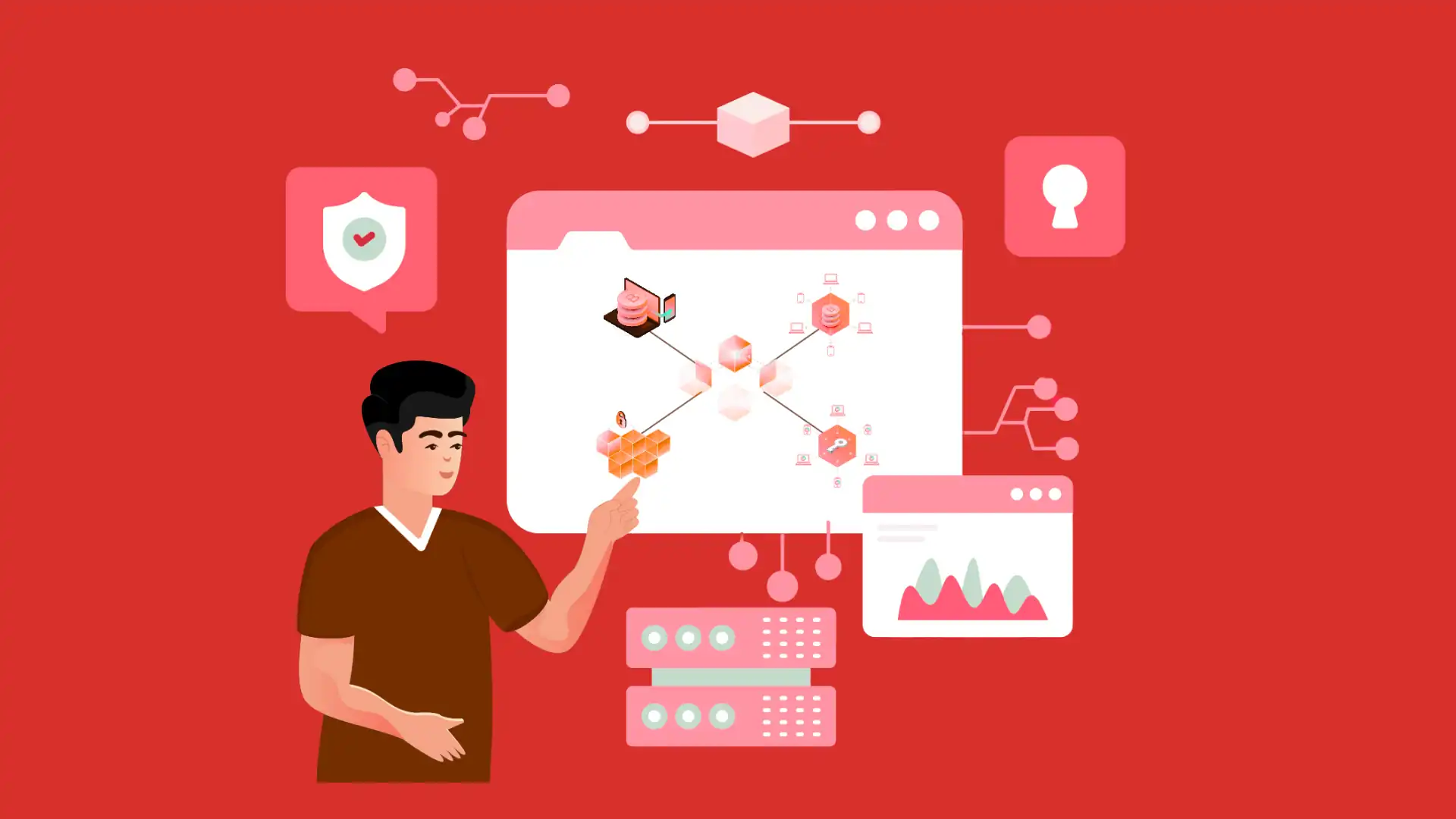Sidechains are like extra lanes added to a highway, allowing for smoother traffic and new features without slowing down the main road. They help blockchain networks scale and function better by running alongside the main blockchain (mainchain). But just like adding new lanes can bring challenges, securing sidechains has its own set of difficulties. This blog explains these challenges in simple terms and how expert help from blockchain consulting services, blockchain consulting companies, and xustom blockchain development services can make a difference.
What is the Sidechain of the Blockchain?
A sidechain is a separate blockchain that is attached to a main Blockchain (often called the main chain) through a two-way bridge. This sidechain operates independently but is connected to the main chain to allow the transfer of assets between them. Think of it as a secondary track running parallel to the main railway line. It has its own set of rules and can operate independently but can still interact with the main line when needed. The sidechain helps manage and process transactions without overloading the main blockchain. It allows developers to experiment with new features and improvements without affecting the main blockchain performance. For example, if the main blockchain is congested or facing scaling issues, transactions, and smart contracts can be processed on the sidechain, helping to keep the main chain running smoothly.
Advantages of Sidechains for Blockchain Consulting Company
Sidechains offer several advantages for blockchain consulting company. Firstly, scalability is a major benefit. By offloading some transactions and operations to a sidechain, the main blockchain remains less congested. This helps in handling more transactions efficiently, which is crucial for scaling applications and services. Secondly, flexibility is key. Sidechains can operate with different rules and protocols compared to the main blockchain. This allows for experimentation with new features or technologies without risking the stability of the main blockchain.
Blockchain consulting company can use sidechains to test and implement new solutions in a controlled environment. Another advantage is enhanced privacy. Sidechains can be designed to offer greater privacy features compared to the main blockchain. This can be useful for applications that require confidential transactions or data handling.
How do I Create a Sidechain on Blockchain?
-
Define the Purpose
Start by determining the goals of the sidechain. This could involve enhancing scalability, enabling new features, or improving transaction privacy. Clearly defining the purpose will guide the design and implementation process.
-
Design the Sidechain
Plan the technical specifications of the sidechain. This includes selecting the consensus mechanism (the method for validating transactions), defining the rules for how the sidechain operates, and deciding how it will interact with the main blockchain. This step is crucial for ensuring that the sidechain aligns with your objectives.
-
Develop the Sidechain
Build the sidechain using appropriate blockchain development tools and platforms. This involves coding the protocol rules, implementing the consensus mechanism, and developing any smart contracts needed for the sidechain’s functionality. Development tools and frameworks will help in constructing and deploying the sidechain efficiently.
-
Create the Two-Way Bridge
Establish a bridge that connects the sidechain to the main blockchain. This bridge facilitates the transfer of assets and data between the two chains. Ensure that the bridge is secure and reliable to prevent any vulnerabilities or issues in transferring assets.
-
Test the Sidechain
Conduct thorough testing of the sidechain to ensure it functions as expected. This includes verifying the bridge’s operations, checking the sidechain’s performance, and ensuring transactions are processed correctly. Performing security audits during this phase helps to identify and address potential vulnerabilities.
-
Launch and Monitor
Once testing is complete and the sidechain is ready, deploy it to the main network. After deployment, continuously monitor the sidechain to track its performance and detect any issues. Ongoing monitoring ensures that the sidechain remains functional and secure, allowing for timely adjustments or updates as needed.
Challenges in Securing Sidechains
Securing sidechains can be tricky for a few reasons. One big issue is keeping the link between the sidechain and the main blockchain safe. This link moves assets and data between the two chains. If it’s not secure, hackers could attack and cause problems for both chains. That’s why strong security measures and regular checks are important. Blockchain Development Company helps by building safe links and strong security systems.
Another challenge is how sidechains confirm transactions. They might use different methods than the main blockchain, and if these methods are weak, they can be attacked. It’s important to make sure the sidechain’s method is just as secure. State channel technology helps by allowing fast, safe transactions off-chain while still keeping them secure. Also, sidechains use smart contracts to handle transactions. If these contracts have security flaws, hackers can take advantage of them. Blockchain Development Company plays a big role in testing and fixing these contracts to make sure they are safe and reliable.
Examples of Sidechain Platforms
-
Polygon
Polygon is a sidechain that operates alongside Ethereum to enhance its scalability and efficiency. It processes transactions on its own network, reducing congestion and fees on the Ethereum mainnet. Polygon is designed to offer faster transaction speeds and lower costs while maintaining compatibility with Ethereum-based applications.
-
Liquid Network
Liquid Network is a sidechain developed by Blockstream specifically for Bitcoin. It aims to improve Bitcoin’s transaction speed and privacy by managing transactions off the main Bitcoin blockchain. The sidechain uses features like confidential transactions to ensure privacy and faster processing for Bitcoin users.
-
RSK (Rootstock)
RSK is a sidechain that brings smart contract capabilities to Bitcoin. By operating in parallel with the Bitcoin blockchain, RSK enables the execution of complex smart contracts similar to those on Ethereum, expanding Bitcoin’s functionality to include decentralized applications and services.
-
xDai
xDai is a sidechain designed for fast and cost-effective transactions. It runs alongside Ethereum and uses a stablecoin called xDai as its native currency. The xDai sidechain provides low transaction fees and quick processing, making it ideal for applications and services that require efficient and affordable transactions.
-
Volta
Volta is a sidechain platform focused on enhancing the scalability and speed of blockchain networks. It supports a variety of applications, including enterprise solutions and decentralized applications. Volta aims to provide high transaction throughput and lower latency, improving overall performance for users and developers.
Why Trust Nadcab Labs for Blockchain Bridging?
Nadcab Labs is a trusted name in blockchain technology, especially when it comes to creating and managing sidechains and bridging solutions. Their team consists of experts who have extensive experience in blockchain development and sidechain technology. This expertise ensures that they can design and implement effective sidechain solutions tailored to your needs.
Nadcab Labs also offers customized solutions. They understand that each project is unique and work closely with clients to develop sidechain solutions that meet specific requirements and goals. Nadcab Labs is a reliable partner for blockchain bridging and sidechain development due to its expertise, customized solutions, focus on security, and full support throughout the project lifecycle.
